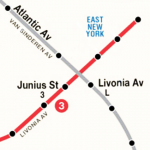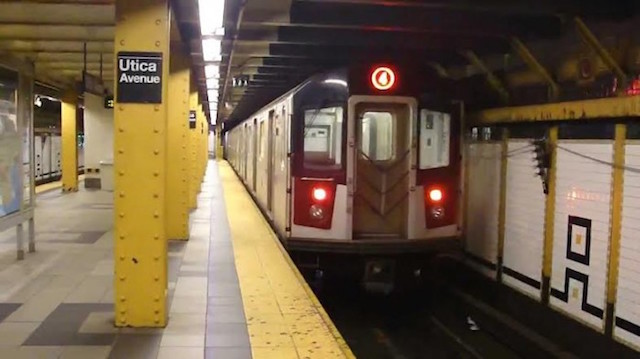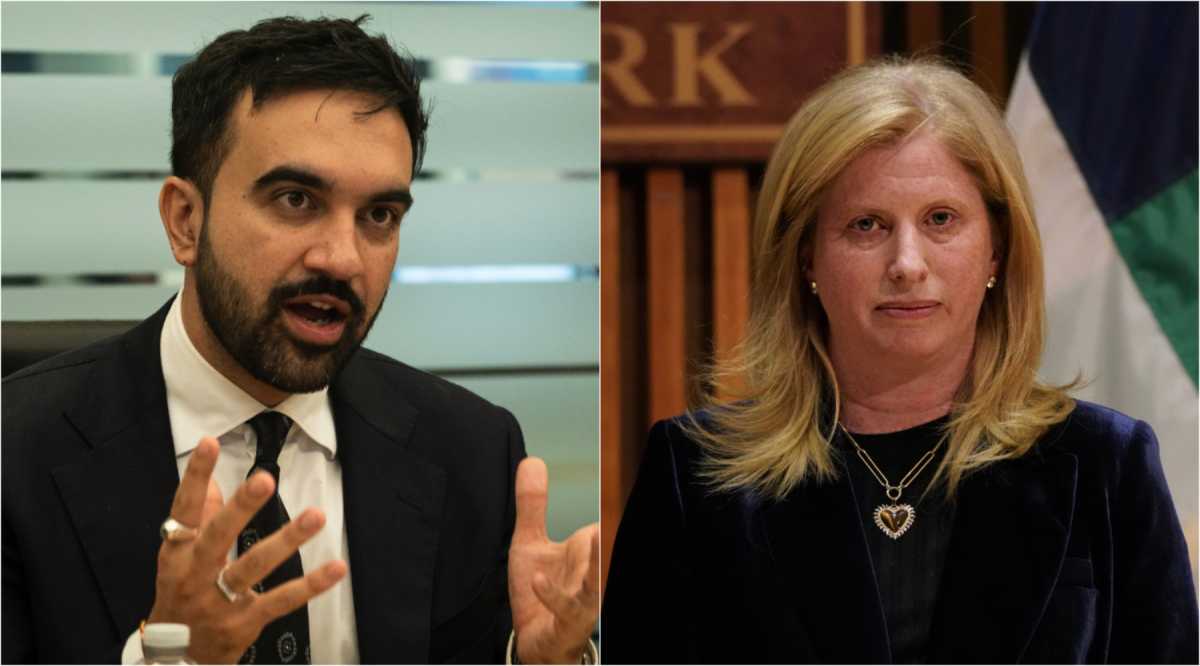The $29 billion 2015-19 MTA Capital Plan released yesterday included money for two Brooklyn projects that were part of Mayor Bill de Blasio’s OneNYC plan released earlier this year.
The first project are the creation of a transfer at the Livonia Ave/Junius St stations between the L and the 3 lines, thereby improving subway access for Canarsie and East New York residents.

“Today represents victory for the long-struggling straphangers of Brownsville and East New York. Connecting the Livonia Avenue and Junius Street stations on the L and 3 lines, respectively, is an imperative for these growing and oft-ignored communities, and I am pleased that the MTA has at last heeded the call for capital investment in this plan,” said Brooklyn Borough President Eric Adams after the capital plan was released.
“The double fare has been unfair to residents already struggling to make ends meet, and we must do all we can to alleviate that burden; addressing this low-hanging fruit is the right thing for the MTA to do,” he added.
The second project is to complete a Utica Avenue Subway Extension Study. The highly traveled Utica corridor extends from Fulton Avenue on the north to Marine Park on the South. Currently both the 3 and 4 trains have a stop at Utica Avenue and Eastern Parkway.
The new possible subway line along Utica would serve riders living and/or working in the neighborhoods of Crown Heights, East Flatbush, Canarsie, Flatlands and Marine Park – all areas starving for more mass transit.
The capital plan comes about after the Oct. 10 agreement between Mayor Bill de Blasio, Governor Andrew M. Cuomo, and MTA Chairman Tom Prendergast, whereby the state committed $8.3 billion and the city committed $2.5 billion to the total plan.
An MTA spokesperson said that upgrades to bus service in southwest Brooklyn such as addling lines on the B1 that runs from Kingsborough Community College to Bay Ridge would come out of operating funds and thus is not a [part of the capital budget.
“I look forward to continue working with the MTA, as well as City and State leadership, to identify where riders deserve results and corresponding capital needs in Brooklyn’s mass transit system,” said Adams.







